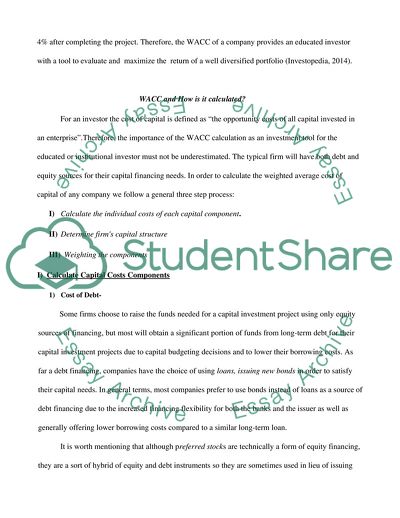Cite this document
(CORPORATE FINANCE Assignment Example | Topics and Well Written Essays - 2000 words, n.d.)
CORPORATE FINANCE Assignment Example | Topics and Well Written Essays - 2000 words. https://studentshare.org/finance-accounting/1847072-corporate-finance
CORPORATE FINANCE Assignment Example | Topics and Well Written Essays - 2000 words. https://studentshare.org/finance-accounting/1847072-corporate-finance
(CORPORATE FINANCE Assignment Example | Topics and Well Written Essays - 2000 Words)
CORPORATE FINANCE Assignment Example | Topics and Well Written Essays - 2000 Words. https://studentshare.org/finance-accounting/1847072-corporate-finance.
CORPORATE FINANCE Assignment Example | Topics and Well Written Essays - 2000 Words. https://studentshare.org/finance-accounting/1847072-corporate-finance.
“CORPORATE FINANCE Assignment Example | Topics and Well Written Essays - 2000 Words”. https://studentshare.org/finance-accounting/1847072-corporate-finance.


